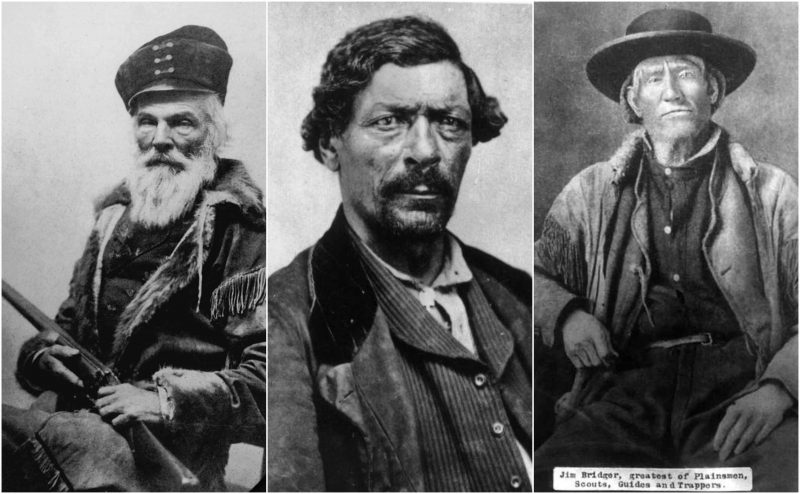Mountain men have long been part of the lore from the American West. These men were some of the few non-natives to venture into the vast wilds of North America and survive.
Many of the grizzled, self-sufficient men were fur trappers, traders, and explorers. They helped to blaze many of the trails that were later used by the pioneers.
The stories of their larger-than-life exploits are the stuff of legends and are told around the campfire today. Here are six of these adventurers who left their mark on the American frontier.
John Colter
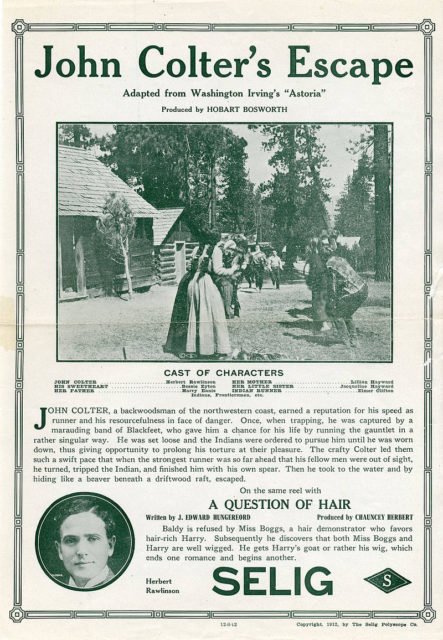
The first mountain man of this list is John Colter. Born in Virginia, he left civilization for the wild in the year 1804 when he went on a journey to the Pacific Ocean and back as part of Lewis and Clark’s Corps of Discovery. For many of the expedition’s members, two years in the wilderness was enough to last a lifetime. Colter was of a different mind, however, and as the expedition made its way home in 1806, he decided to strike out on a career as a fur trapper. He is considered one of America’s original mountain men—he may have even been the first white man to lay eyes on what would become Yellowstone National Park.
A section of Wyoming’s Shoshone River even became known as “Colter’s Hell” for his descriptions of its geothermal activity. Colter’s life was exciting—how could it not be in the wilds? For example, he was wounded while fighting alongside Crow and Flathead tribesmen. The most exciting chapter in his life occurred in 1809, however. A band of Blackfeet had managed to capture Colter while he was trapping near Three Forks, Montana. They killed his partner and stripped Colter naked. After giving him a brief head start, they chased him as if he were wild game.
Somehow ignoring the rocks and cacti that stabbed at his bare feet, Colter outran most of the warriors. When one of his pursuers did catch up with him, the mountain man disarmed and killed him. Several days and over 200 miles later, he staggered into a fort wearing only a blanket. He would recover, return to the wilderness for a few more years, and then retire to a Missouri farm 1810.
Jim Bridger
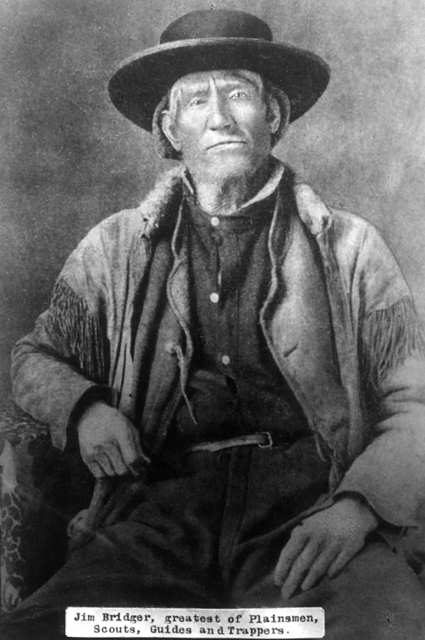
Jim Bridger was only eighteen years old when he joined with the Rocky Mountain Fur Company in 1822. His first trapping expedition was along the Missouri River and would mark the beginning of a forty-five-year career. He would go on to discover new routes across the frontier and found a trading fort on the Oregon Trail. Over the years, he had three different wives who hailed from the Native American tribes.
Bridger was the first Anglo-American to see the Great Salt Lake, and, after he tasted the water, incorrectly identified the body of water as part of the Pacific Ocean. When the fur trade began to decline, this mountain man re branded himself as a trader and a wilderness guide. The Badger’s Pass and Bridger Trail, both well-travelled by pioneers and gold-seekers, were blazed by Bridger. The U.S. Army hired him as a scout as well. Had his health continued to hold, he probably would have continued his lifestyle.
As it was, health problems forced “Old Gabe” Bridger to retire in the late 1860s. The stories of his exploits continued to grow even after his retirement, and one historian even labelled Bridger as a walking “atlas of the West.”
Christopher “Kit” Carson
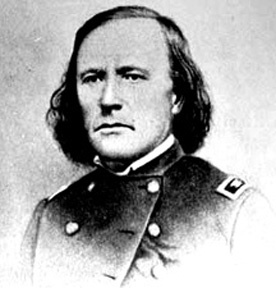
Our third mountain man is the folk hero, Christopher “Kit” Carson. Kentucky-born Carson was once a saddlemakers’s apprentice, but at the age of sixteen, he fled. Although he was illiterate and rather small in stature, Carson spend several years working as a fur trapper, teamster, and buffalo hunter out in the West. Despite not being able to read, he had a knack for languages—he learned half a dozen native languages.
Not only that, but he knew the wilderness like the back of his hand. John C Frémont, an explorer, became aware of Carson in 1842 and enlisted him to act as a guide for a mission to map the American West. Eventually, the pair teamed up on three excursions across the Rocky Mountains, California, and Oregon. After Frémont praised his skills, Carson became a frontier celebrity. This fame would grow as stories about Carson spread—such as the story when he slipped past enemy lines at the Battle of San Pasquale and walked, barefoot, thirty miles back to San Diego in order to fetch reinforcements.
After that, Carson served as a wagon train guide for a while and then became a Union army officer during the Civil War. Although he battled Confederates during the Battle of Valverde (1862) in modern day New Mexico, he spent much of the war leading a series of controversial campaigns to subdue the Navajo and other Southwestern tribes. Unlike the Bridger or Colter, Carson did not get to enjoy retired life. He passed away from an aneurysm in 1868, just a year after being mustered out of the army as a brigadier general. His last words were reportedly, “Doctor, compadre, adios!”
Jedidiah Smith
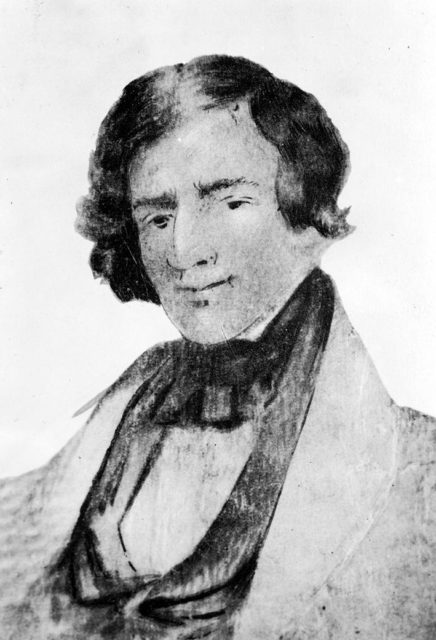
The next on our list is New York-born Jedidiah Smith. After developing his thirst for adventures when he read the journals of Lewis and Clark as a child, he went on to follow in their footsteps as a legendary trapper and explorer. In 1822, Smith answered William Ashley’s call for enterprising young men to trap beaver and otter in uncharted lands. Once out in the wilderness, Smith was then tasked with scouting out new hunting grounds in the Dakotas and Wyoming.
He helped lead the expedition that would rediscover South Pass, a key Rocky Mountain crossing that became part of the Oregon Trail. Not satisfied with that, Smith started his own fur trading company and went on to explore huge swaths of the West. For example, he trekked from the Mojave Desert to Southern California in 1826. Later, he would become the first explorer to journey the Pacific coastline from California to Oregon.
Not surprisingly, given his profession, there were several episodes of violence in Smith’s travels. Native Americans ambushed and destroyed his scouting parties on several occasions. Smith himself suffered from smashed ribs and partially-torn scalp when he was mauled by a bear—this injury was the reason, supposedly, that he wore his hair long. Smith did attempt to retire from his wilderness career in 1830, but just a year later, he was killed by a group of Comanche warriors as he travelled the Santa Fe Trail. When he died, Smith was just thirty-two years old.
James Beckwourth
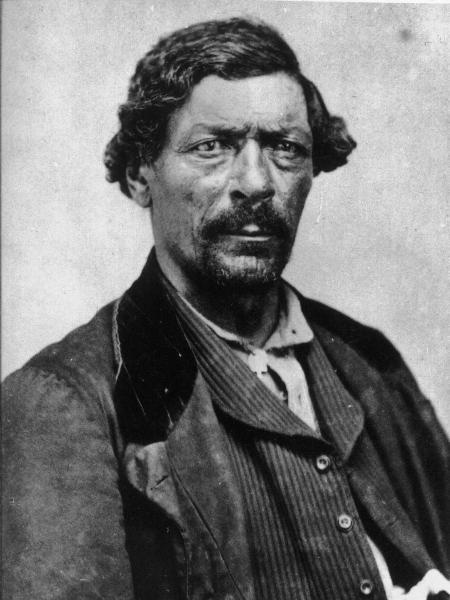
James Beckwourth, the son of a black woman and a white man, is the fifth mountain man on our list. Due to his heritage, it is not surprising that he was born as a slave on a Virginia plantation. As a young boy, he was then taken to Missouri. Fortunately, Beckwourth was granted freedom in the 1820s. Soon after, he signed on with a fur trapping expedition and was headed west to the Rocky Mountains.
The precise details of his time in the wilderness are hazy, partially due to the fact that Beckwourth loved to tell tall tales. For example, he once claimed to have escaped an attack by Native Americans by sprinting ninety-five miles in a single day. What we do know is that he worked as a mountain man and fur trapping for a while. Then he joined a band of Crow Indians in the late 1820s. He would spend six years with that tribe; he learned the language and even married as many as ten native women. This might be another tall tale, but he claimed that he became a powerful war chief and fought in several battles against the Blackfeet.
In the mid-1830s and after he left the Crow, he worked various jobs from courier in Florida’s Seminole Wars to an innkeeper, trader to gambler. He was best known as a scout and wilderness guide. One top of that, he helped found a trading post that would eventually grow into the town of Pueblo, Colorado. In 1850, Beckwourth discovered a new route through the Sierra Nevada Mountains—this crossing would become known as Beckwourth and later became a popular route for prospectors who were headed to the gold fields of California.
Joseph Walker
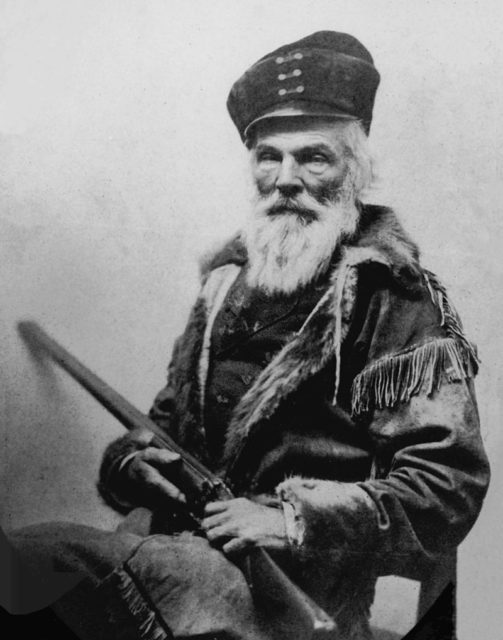
Our last mountain man Joseph Walker was born in Tennessee and, like, Jedidiah Smith, he was a born explorer who pursued fur trapping and scouting as a way of financing his wanderlust. In 1820, he ventured into the west as part of an illegal trapping expedition to the New Mexico territory, which was then controlled by the Spanish. Later, he served as a guide for various other explorers, such as Benjamin Bonneville and John C. Frémont. Whilst working for Bonneville in 1833, Walker led an expedition that bushwhacked its way from Wyoming to California across the Sierra Nevada. With little supplies, the expedition was forced to eat their horses.
Despite this, they made it out of the mountains and became the first white men to encounter the giant sequoia trees and the wonders of the Yosemite Valley. It was apparently a sight that stayed with Walker throughout the years—he even had the words “Camped at Yosemite” etched into his tombstone. Later in his career, Walker worked as a trapper, scout, wagon train guide, and a ranch owner, but his true passion was to explore the black spots of the map. At the age of sixty-two in 1861, he set out on a two-year prospecting expedition that would span across New Mexico, Arizona, and Colorado.
Due to his failing eyesight, he retired in 1867, leaving a five-decade career on the frontier. One of the most incredible facts about Walker’s expeditions is that despite his many journeys into hazardous territory, only one man is reported to have died while under his command.
